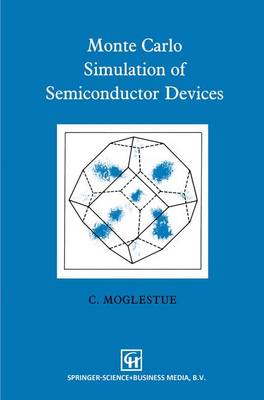Particle simulation of semiconductor devices is a rather new field which has started to catch the interest of the world's scientific community. It represents a time-continuous solution of Boltzmann's transport equation, or its quantum mechanical equivalent, and the field equation, without encountering the usual numerical problems associated with the direct solution. The technique is based on first physical principles by following in detail the transport histories of indi vidual particles and gives a profound insight into the physics of semiconductor devices. The method can be applied to devices of any geometrical complexity and material composition. It yields an accurate description of the device, which is not limited by the assumptions made behind the alternative drift diffusion and hydrodynamic models, which represent approximate solutions to the transport equation. While the development of the particle modelling technique has been hampered in the past by the cost of computer time, today this should not be held against using a method which gives a profound physical insight into individual devices and can be used to predict the properties of devices not yet manufactured. Employed in this way it can save the developer much time and large sums of money, both important considerations for the laboratory which wants to keep abreast of the field of device research. Applying it to al ready existing electronic components may lead to novel ideas for their improvement. The Monte Carlo particle simulation technique is applicable to microelectronic components of any arbitrary shape and complexity.
- ISBN13 9780412477706
- Publish Date 28 February 1993
- Publish Status Active
- Publish Country GB
- Publisher Taylor & Francis Ltd
- Imprint Chapman and Hall
- Edition 1993 ed.
- Format Hardcover
- Pages 334
- Language English
